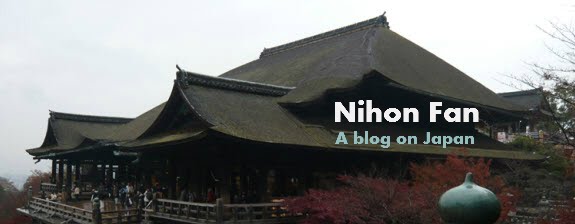Officially named the Rengeo-in (Hall of the Lotus King), was built by Kiyomori Taira (the political leader of the Samurai Warriors) in 1164 (2nd Chokan era) as an annex to the Houjouji Palace where the agency governed by the cloistered Emperor Goshirakawa was located. The hall was destroyed by fire 85 years later and was reconstructed in 1266 (3rd Bunei era). Since its 1266 reconstruction, it has undergone four major reconstructions over approximately 750 years. These were carried out in the Muromachi, Momoyama, Edo and Showa periods. The distinctive hall is 118 meters in length. The roof was built in the two Japanese architectural styles called Irimoya (hip-and-gable roof) and Honkawarabuki (fired clay tiled roof covering) while the timber hall itself is built with cypress. The halls common name is San-ju-san-Gen-Do which means thirty three bays (the length between two architectural pillars). One thousand armed Kannon (a national treasure) sits in the center surrounded by 1001 bodies of the thousand-armed Kannon (important cultural properties), as well as 30 national treasures consisting of the Wind god, Thunder god and 28 guardian deities. The southern section of the precinct has Tsuijibei formal style fence which is commonly known as the Taiko (Hideyoshi) plastered wall. The fence, along with the large southern gate are both considered important cultural treasures, and were built in the Momoyama Period when Hideyoshi Toyotomi (Ministerial Samurai Warrior) exerted a great influence on the architects of the day. The temple is host of an annual archery competition held on the temple grounds in the rear of the main building. No photography is permitted inside.
Main hall with fortunes tied to the stand.

Main gate

Temple pond



Small wash basin typically found directly outside temples and shrines for purification. For purification, the cup is dipped into the basin and water poured over the hands. The red clothing on the statues is a temple offering for unborn life.

